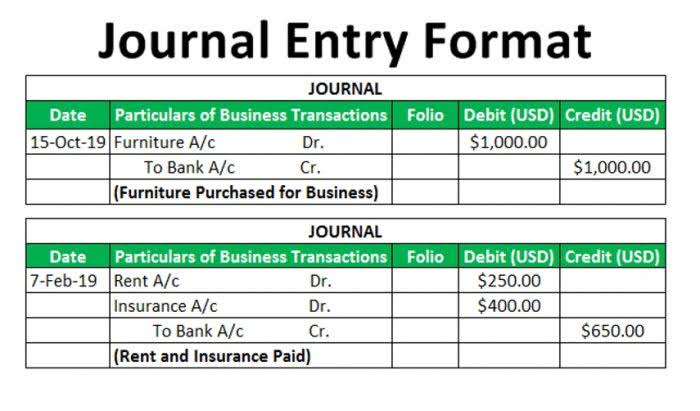
Below is a colorful calendar visualizing the differences between semi-monthly and bi-weekly payrolls. Semi-monthly payroll dates are marked in light blue, while bi-weekly payroll dates are marked in light green. Bi-weekly pay spans a range of dates, accommodating variations in the number of workdays per month.
Cash Flow Planning

In some ways, it’s harder than running a more typical small business. Agencies have different issues and different things to think about. Set limits, turn tracked time into automated timesheets, and send invoices https://paobrasilbakery.com/present-value-and-future-value-of-a-single-amount-2/ with Hubstaff. Employee goal setting is crucial for reaching broader business goals, but a lot of us struggle to know where to start.
Hourly vs salaried employees

This might necessitate delaying or advancing paydays, creating administrative challenges and potentially impacting employee morale. Biweekly pay can offer slight tax advantages semiweekly vs biweekly for some employees due to how taxes are withheld over shorter pay periods. However, it’s important to note that consulting a tax professional is crucial to determining the specific impact on individual employees. Weekly pay schedules require 52 paychecks to be processed over a year, making it the most expensive and time-consuming pay schedule for employers. This, however, works best while employing contract or freelance workers who work irregularly or are paid hourly. Compared to weekly payroll, biweekly payroll cuts down on processing fees and administrative time—especially beneficial for small to medium-sized businesses.
How to choose the right payroll schedule
These schedules are prevalent in industries ranging from financial services to retail workers and medical providers. An important thing to note about ‘bi-weekly’ is that it can also mean two times per week. So, when you use the term, you have to be sure to leave clues for your readers so they know what you mean. In case you are managing a team of 5 or more and looking to boost efficiency, Everhour is the perfect tool to keep your team on track. Check the HR Today bi-weekly to see if there are any tips on how to handle changes to the reporting laws. We are going to meet bi-weekly on Tuesdays and Thursdays for the next three weeks to practice for the competition.
However, it also introduces an element of irregularity into monthly budgeting, since the pay dates will shift throughout the year. By gaining a solid understanding of these pay frequencies, you can take charge of your finances and make informed decisions. Whether you’re trying to budget better or plan for the future, knowing exactly when and how you’ll be paid is fundamental. In a recent article from Lattice, our very own Shannon Curtis, SHRM-CP, shared her expertise on this topic. As a Senior HR Business Partner, Shannon explained how important it is for HR teams and leadership to understand the nuances between these two pay frequency options. Automate work schedule planning, work time tracking, pto management, and much more.
Semi-Weekly vs Bi-Weekly: What’s the Difference?
Offering a pay schedule that aligns with employees’ financial needs and https://www.bookstime.com/blog/coronavirus-aid-relief preferences can increase satisfaction and retention rates. Remember, the “best” choice depends on your specific circumstances. Choosing the right pay schedule is a crucial decision for any organization, be it a large enterprise or SMB. It can determine the type of talent you attract and the long-term expenses you incur as a business. If you’re unsure whether biweekly payroll is the best fit—or if your current system is making things more complicated than they need to be—Outsail is here to help. If payday lands on a holiday or weekend, you’ll need to process payroll early.
- A bi-weekly payroll schedule pays employees every two weeks, resulting in 26 paychecks per year.
- This bi-weekly pay offers flexibility and more frequent payments that many workers find appealing in the job market.
- In the United States semiweekly may be used as a noun, the plural noun form is semiweeklies.
- Selecting between semi-monthly and bi-weekly payroll depends on your workforce composition, administrative capabilities, and business needs.
- While this may be exciting for employees, it can strain your cash flow if you’re not prepared.
- Manual labor with lower wages prompts the need to cater to workers needing a higher frequency of checks to meet living situations.
- The following are the pros and cons of the semi-monthly pay schedules.
In addition to size, industry also can have a major impact on how often businesses choose to pay their employees. For example, construction companies are five times as likely to use weekly pay periods as education and health care companies. However, the specifics can vary depending on your employer’s chosen dates. In total, a semi monthly pay schedule equates to 24 pay periods over the course of a year.
Biweekly vs. Semimonthly Pay: A Straightforward Guide for Accurate Payroll
While not directly affecting cost, consider employee preference for receiving paychecks. Biweekly offers more frequent paydays, which some employees appreciate for budgeting and cash flow management. However, semi-monthly paychecks tend to be larger, which might be more appealing to others.

- We offer an intuitive and robust solution that helps you generate your paystubs quickly and efficiently, without requiring a deep understanding of payroll systems.
- In some ways, it’s harder than running a more typical small business.
- Sometimes, employees find this confusing because cut-off times are required for their hours.
- This ensures a streamlined payroll process, fostering efficiency and transparency in the payment cycle.
- This can make budgeting easier for some individuals, as it provides a consistent flow of income.
Paydays typically fall on the same day of the week, such as every other Friday. Some employees like the biweekly pay frequency because there are two months when they get paid a total of three checks. These ‘extra’ checks usually help cover ready-made savings or contribute to annual bills. The annual salary for a salaried employee must be split up according to the payment schedule. Biweekly pay is calculated by the annual salary divided by 26, which means individual paychecks are slightly larger. However, the total annual compensation does not change according to the payment schedule.
Among these terms, “bi weekly” and “semi monthly” are especially important to understand, as they directly influence when you receive your pay and how much you get. Despite your preference, it’s prudent to comply with state regulations, as laid out by the Department of Labor, regarding pay schedules. In general, employers can increase the frequency of pay, but they must not violate the minimum periods or intervals as mandated by states. Weekly pay is prevalent in the manufacturing, construction, restaurant industry and gig economy, which includes livery, ride-share and food delivery. Weekly pay schedules carry the highest processing costs, especially if physical paychecks are mailed to workers. This schedule is ideally suited for full-time or part-time hourly employees and certain independent contractors.

